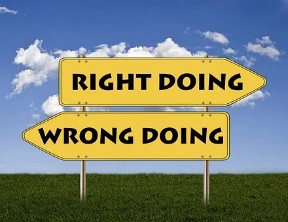
A Common Problem When Leaders Disagree on Strategy
After massive investments of time and money on strategy retreats, too many companies report failing at strategy execution. A recent McKinsey survey of 800 companies found that a whopping 77 percent of strategic decisions were made outside of the original strategic plan. Similarly, executives tell us repeatedly that their finely crafted strategic plans are not being implemented at the quality or speed that they expect.
What’s Causing the Disconnect between Strategic Planning and Strategy Implementation?
Is the strategy not clear enough, not perceived to be equal to the challenge, or not supported by adequate resources to truly succeed? Surprisingly, sometimes the strategic plan doesn’t have a chance because top leaders disagree on strategy. Even though their high-level corporate goals may be aligned, the specific strategies and tactics to achieve them are often in conflict.
Six Tips on Moving Forward When Top Leaders Disagree on Strategy
Here are some tips on how to coalesce your leadership team so that everyone is pulling in the same direction:
Once the leadership team fully agrees on the strategic vision, company mission, corporate values, success metrics, and strategic priorities, you must also agree upon not only the path that will get you there but also how work will get done from a cultural perspective to best execute the strategy.
Then, as a subordinate within a hierarchy, you may only be able to articulate your position and then yield. If you are among peers, exercise some self-analysis. Examine why you are bound by a specific approach, whether other plans might also work, and if you can consider a compromise or a third alternative.
The time to agree to disagree is at the beginning, not the middle or the end.
Do not get lost in analysis paralysis; strive to make decisions, move toward action, and be prepared to learn as soon as it makes sense.
Explicitly measure commitment levels and do what it takes to align your leadership team.
The Bottom Line
Whenever more than one person is involved, there is bound to be some degree of conflict. How companies resolve disagreements around strategic planning is a measure of how successful they will be at strategy implementation. Is your leadership team set up to resolve conflict and move forward as a cohesive team?
To learn more about what to do when leaders disagree on strategy, download 7 Ways to Stress Test Your Strategy to see where you stand
Explore real world results for clients like you striving to create higher performance